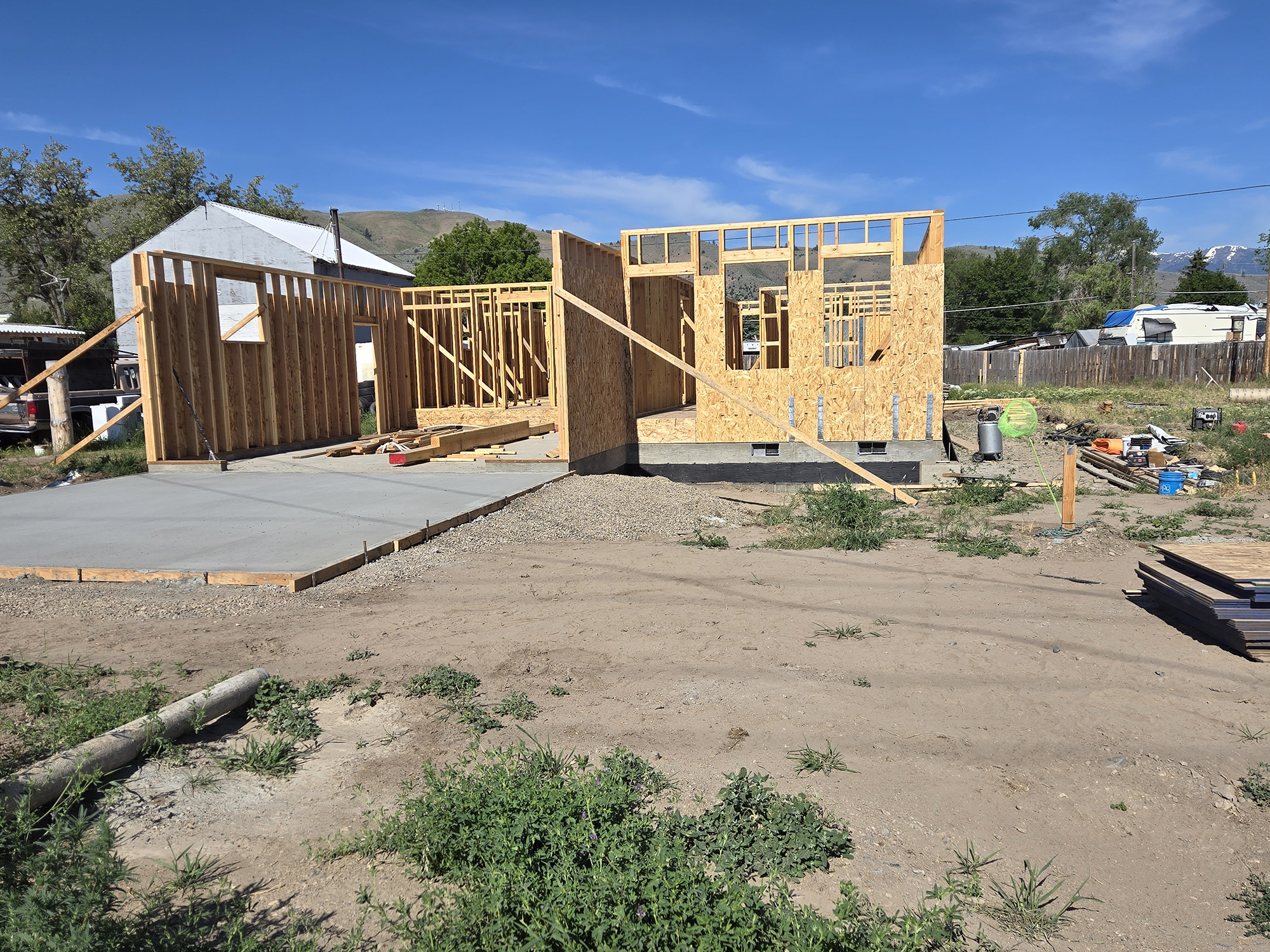Letter to the Editor for Nov. 24, 2022
Published 1:00 pm Wednesday, November 23, 2022
I would like to add to the points made in the rditorial in the Saturday, November 19, 2022, edition of the Baker City Herald. I am a professional soil scientist and wastewater specialist with over 35 years of experience and recently transitioned into semi-retirement. I experienced firsthand the uneven approach taken to address the nitrate contamination issue in portions of Morrow and Umatilla counties. The Lower Umatilla Basin Groundwater Management Area (LUBGWMA) was formally designated in 1990. The sources of contamination were identified and quantified. Irrigated agriculture, alone, accounts for an estimated 69.4% of the contamination. Food processor land application has been getting all the media attention and renewed scrutiny from the Oregon Department of Environmental Quality (DEQ) but only accounts for an estimated 4.6% of the contamination. Septic systems are also a relatively minor source at 3.9%. The DEQ has taken a heavy-handed approach to the sources they regulate (septic systems with design flows over 2,500 gallons per day and food processors). However, over 90% of the contamination comes from sources under the purview of the Oregon Department of Agriculture (ODA).
Trending
Even though the LUBGWMA was designated in 1990, the first action plan was not finalized until 1997. The language in the plan was “soft” with terms like “encourage” and “increase awareness” in the section about irrigated agriculture. Similar terms were used in the septic system recommendations. The DEQ-regulated sources are required to prepare and submit annual reports. Most of the ODA sources are not subject to the same rigors.
A primary reason this area is especially subject to contamination is the sandy nature of the soils. Even small amounts of excessive irrigation will move soluble nutrients (especially nitrates) below the root zone and into the underlying groundwater. As a real example, I had a commercial septic system client that has irrigated agriculture on both sides of the facility. The groundwater nitrate-nitrogen concentration was 23 mg/L and had to be treated to reduce the nitrates to less than 10 mg/L (the drinking water standard) so that it could be used as potable water. After they used the water in the facility, their DEQ permit required they treat the resulting sewage back down to below 10 mg/L prior to putting the water back in the ground. When farmers add a little too much fertilizer and/or water to theirfields, the cost is modest and is often considered insurance against reduced yields. However, the cost to my client was many hundreds of thousands of dollars, first to remove the nitrogen added by the farmer and then be held to a much higher standard for their contribution to the groundwater. The cost toresidential users is expensive treatment equipment (reverse osmosis) or buying bottled water or risk potential health effects.
Recommendations in the plan for irrigated agriculture include better nutrient management and improvements to irrigation scheduling. It is obvious that after over 32 years of formal recognition, the voluntary approach taken by the ODA has been ineffective. The tools for nutrient management and irrigation scheduling have greatly improved with technological advances. These technologies are not free, but the farmer can save money on fertilizer and power (water) while maintaining or improving yields, which often offsets the cost of the technology. Reducing the largest sources of nitrate contribution to groundwater in the LUBGWMA is no longer an option. This problem took decades to develop, but over 30 years of treading water has not helped matters. I am not trying to beat up our farmers. They are an important part of the foundation of our nation and economy. However, the ODA and the farming community needs to substantially increase their level of management. It will take time, but since irrigated agriculture and related activities account for over 90% of the contamination, this is the only way to reverse the trend and improve the drinking water supply for the residents and businesses in the LUBGWMA.
Trending
Brian Rabe
Baker City








